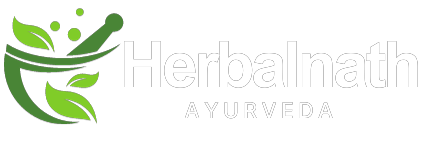
ABOUT GALL BLADDER STONE
Your Gall Badder is a small organ in your upper right abdomen, right below at your Liver. It's a pouch that stores bile, A Green-yellow liquid that helps digestion. Issues with your Gall Bladder typically occure when something is blocking it's bile duct like a Gall Stone.
Most Gall Stones are created when substances found in bile, like Cholesterol, Harden. Gall stones are very common and routinely asymptomatic.
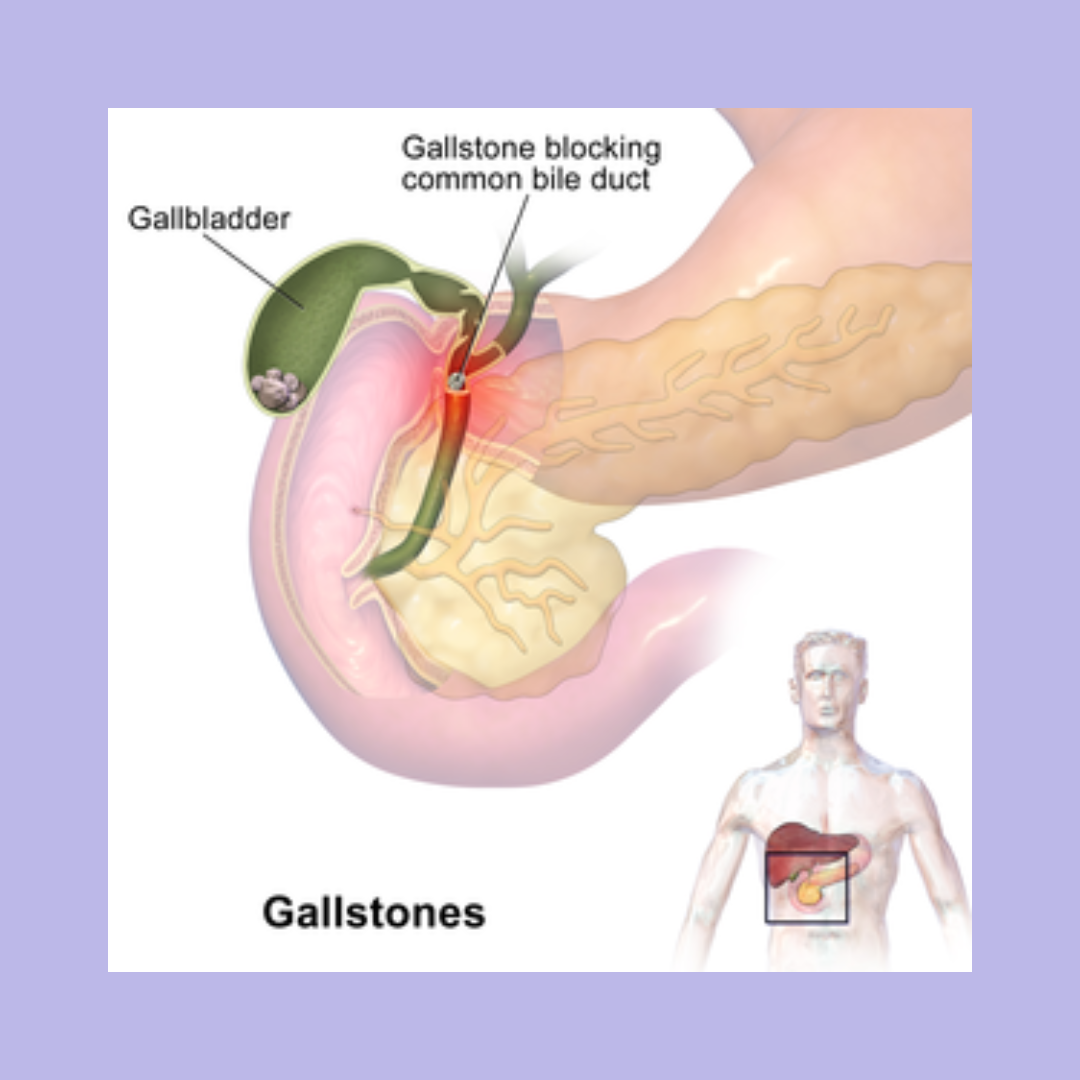
CAUSED BY GALL STONES
It is believed that a bile chemical imbalance within the gallbladder is the real cause of gallstones. Although scientists are still unsure of the precise explanation for the imbalance, there are a few potential causes:
Too much cholesterol in your bile
Gallstones may develop if your bile contains an excessive amount of cholesterol. The liver produces bile, a liquid that helps in fat digestion and absorption. Bile contains cholesterol as one of its constituents, however too much cholesterol can result in the development of gallstones, which are solid objects. Gallstones can range in size and make up of different materials, including cholesterol. They may result in symptoms like nausea, indigestion, bloating, and abdominal pain.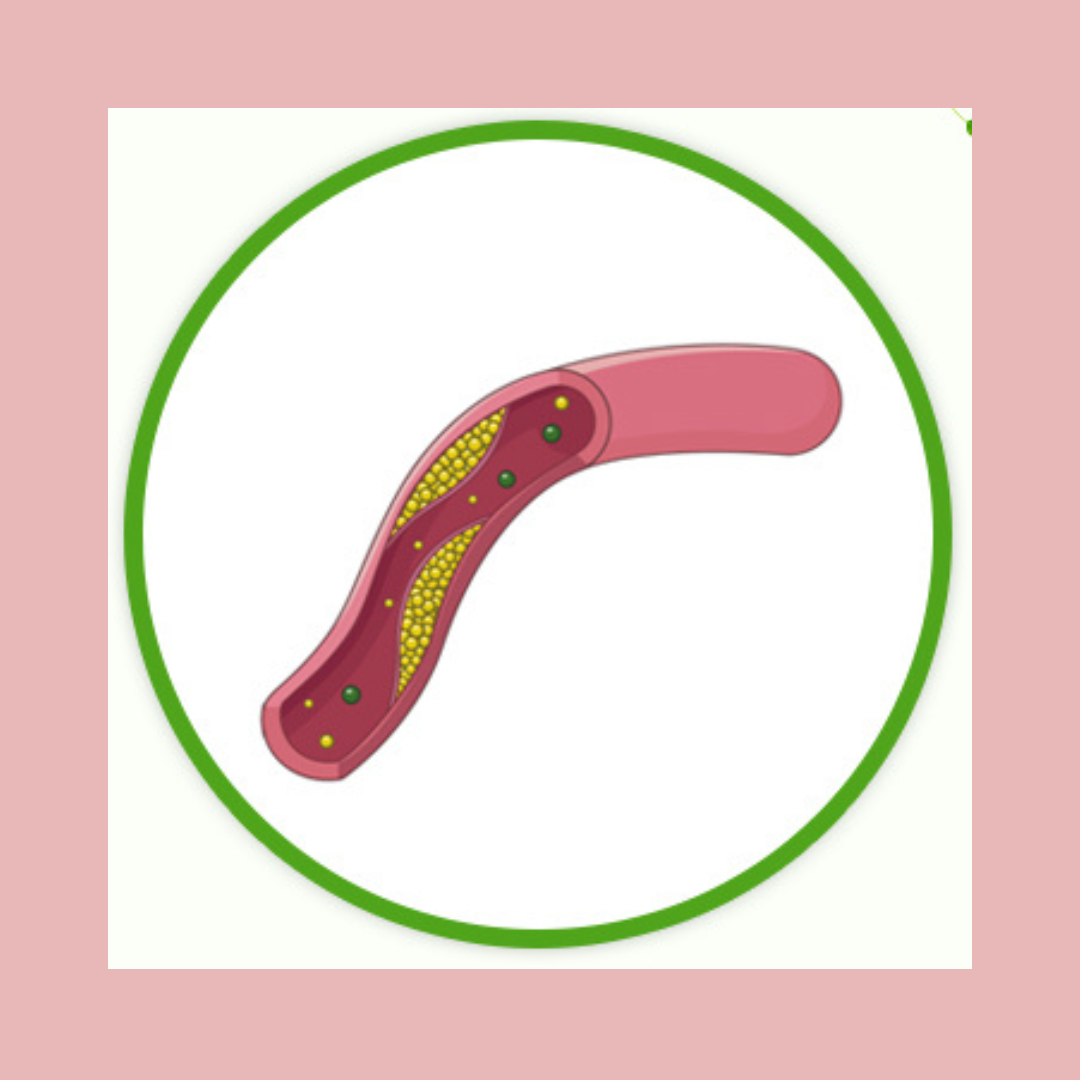

Improper emptying of the Gall Bladder
Biliary dyskinesia, often known as gallbladder dysmotility, is a disorder that can result in improper gallbladder emptying. The primary purpose of the gallbladder, a little organ beneath the liver, is to store and concentrate bile, a chemical produced by the liver that aids in digestion. In order to aid in the breakdown of lipids, the gallbladder discharges bile into the small intestine as it contracts. Biliary dyskinesia causes the gallbladder to contract abnormally or to not empty completely.
Abdominal pain, particularly after meals, bloating, nausea, vomiting, and indigestion are all possible symptoms of biliary dyskinesia.
Foods that are high in calcium, sodium, and protein
Calcium-rich foods:-
Dairy products: Milk, cheese, and yogurt.
Leafy green vegetables: Spinach, kale, and collard greens.
Tofu: Especially if it's made with calcium sulfate.
Sodium-rich foods:-
Processed meats: Such as bacon, sausage, and deli meats.
Snack foods: Chips, pretzels, and salted nuts.
Condiments: Soy sauce, ketchup, and salad dressings.
Protein-rich foods:-
Meat and poultry: Chicken, beef, pork, and lamb.
Seafood: Fish, shrimp, and shellfish.
Eggs: Both the white and yolk are good sources of protein.
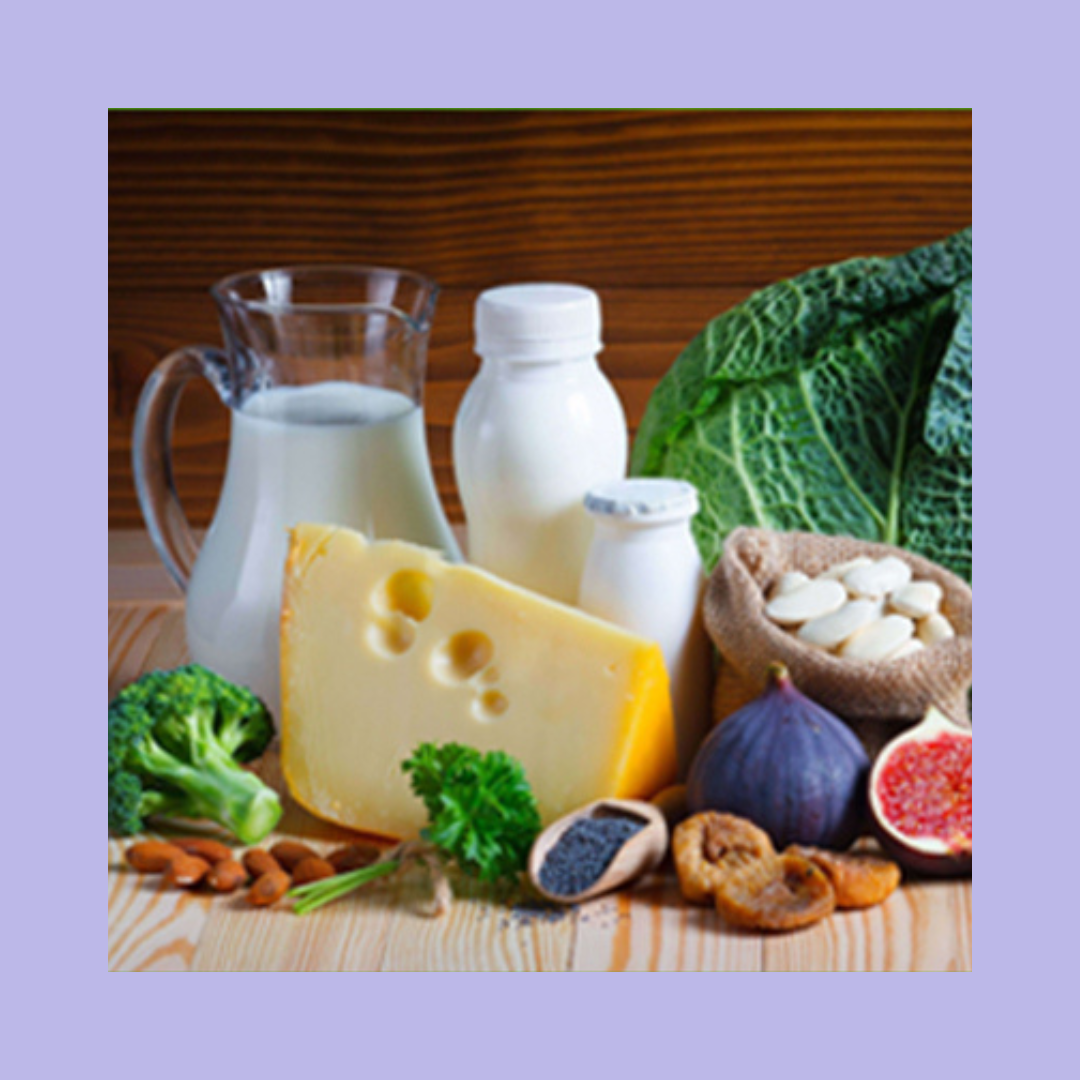
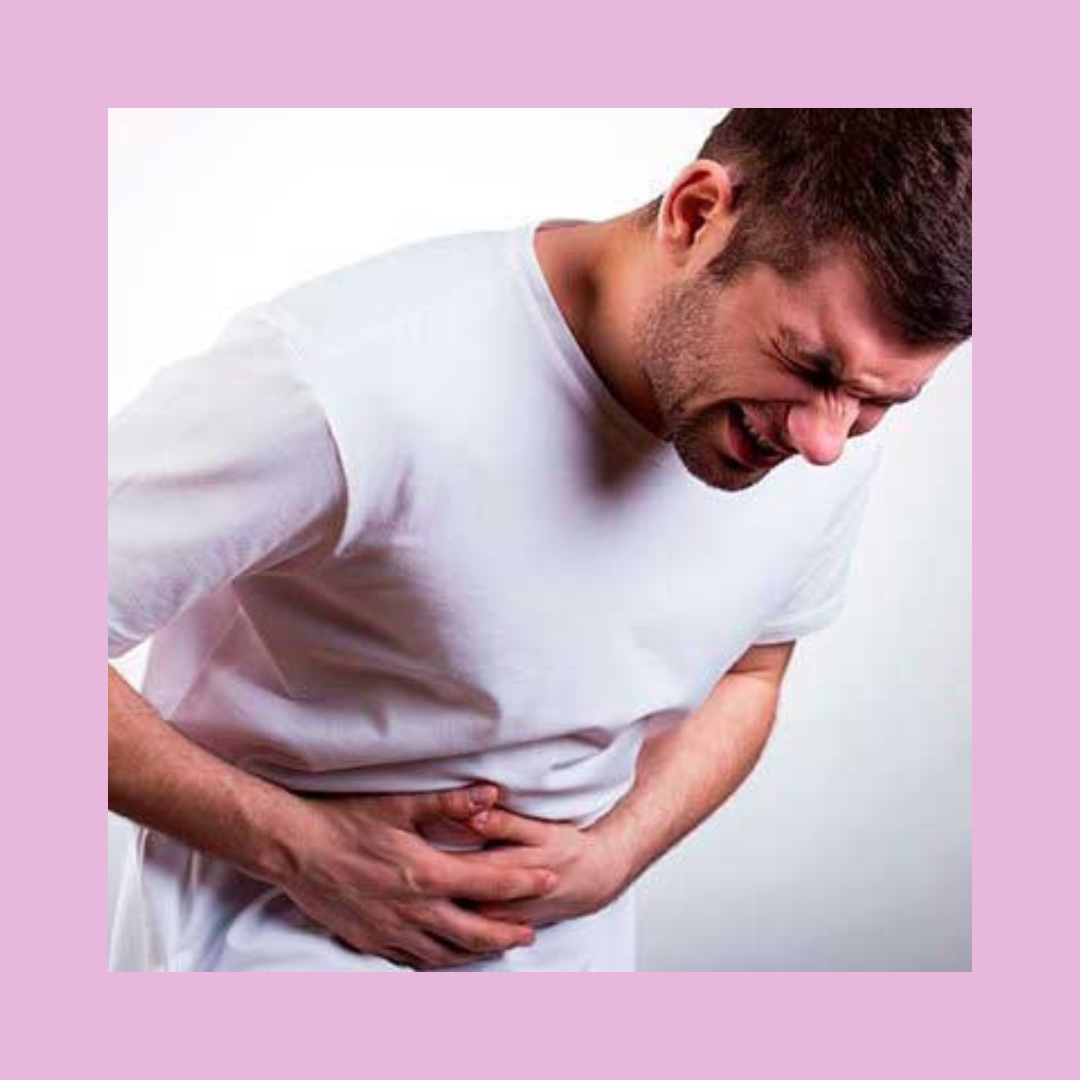
Liver is not working properly
It's crucial to understand that the liver and gallbladder are separate organs with different roles. The liver performs a number of metabolic processes, including cleansing the body and creating bile. On the other hand, the liver produces bile, which the gallbladder stores and concentrates.
Although the function of the liver is not directly impacted by gallstones, liver issues can occasionally result from their complications.
One potential issue is when a gallstone gets stuck in the bile duct and prevents bile from flowing. Cholangitis, also known as choledocholithiasis, is a disorder that can result in a deposit of bile in the liver and cause inflammation or infection. Cholangitis could potentially result in liver damage if untreated.
GALL BLADDER STONE
Your Gall Bladder is a little organ in your upper right mid-region, right beneath at your Liver. A pocket stores bile, A Green-yellow fluid that helps processing. Issues with your Gall Bladder normally occure when something is hindering it's bile channel like a Gall Stone.
Most Gall Stones are made when substances tracked down in bile, similar to Cholesterol, Solidify. Gall stones are exceptionally normal and regularly asymptomatic.
GALL STONE TYPES
Your Gall Bladder is a little organ in your upper right mid-region, right beneath at your Liver. A pocket stores bile, A Green-yellow fluid that helps processing. Issues with your Gall Bladder normally occure when something is hindering it's bile channel like a Gall Stone.
Most Gall Stones are made when substances tracked down in bile, similar to Cholesterol, Solidify. Gall stones are exceptionally normal and regularly asymptomatic.
Cholesterol Stones: These are typically yellow-green. They're the most widely recognized, making up 80% of gallstones.
Shade Stones: These are more modest and hazier. They're made of bilirubin.
SIGNS and Side effects OF GALL STONE
Concurring on the size and area of the gallstones, various individuals experience different gallbladder stone side effects. Stomach uneasiness that abruptly declines and other related stomach related issues are the most observable and recognizable gallbladder stone side effects. Nerve stones may not bring about any side effects or markers for most of individuals. Commonly, these quiet gallstones represent no serious wellbeing risks. Gallstones may, in any case, bring about other medical problems in the event that they block or enter the bile conduit. Subsequently, it is generally prescribed to see a specialist immediately to have a speedy finding and treatment.

